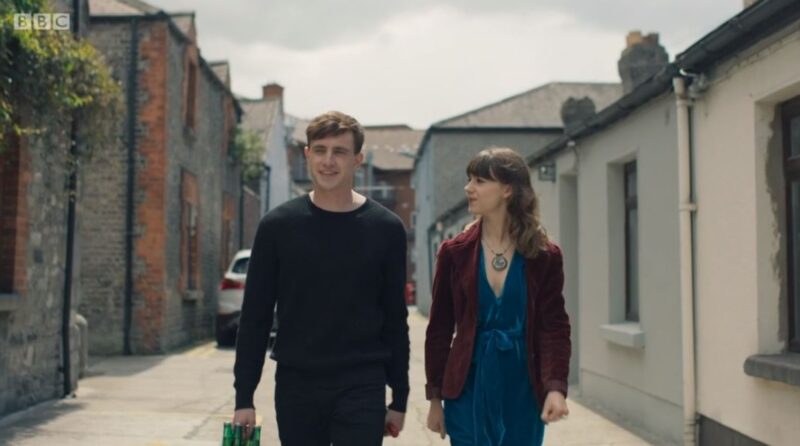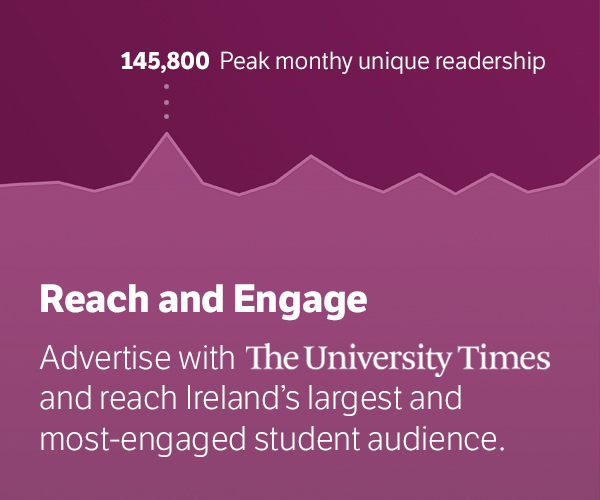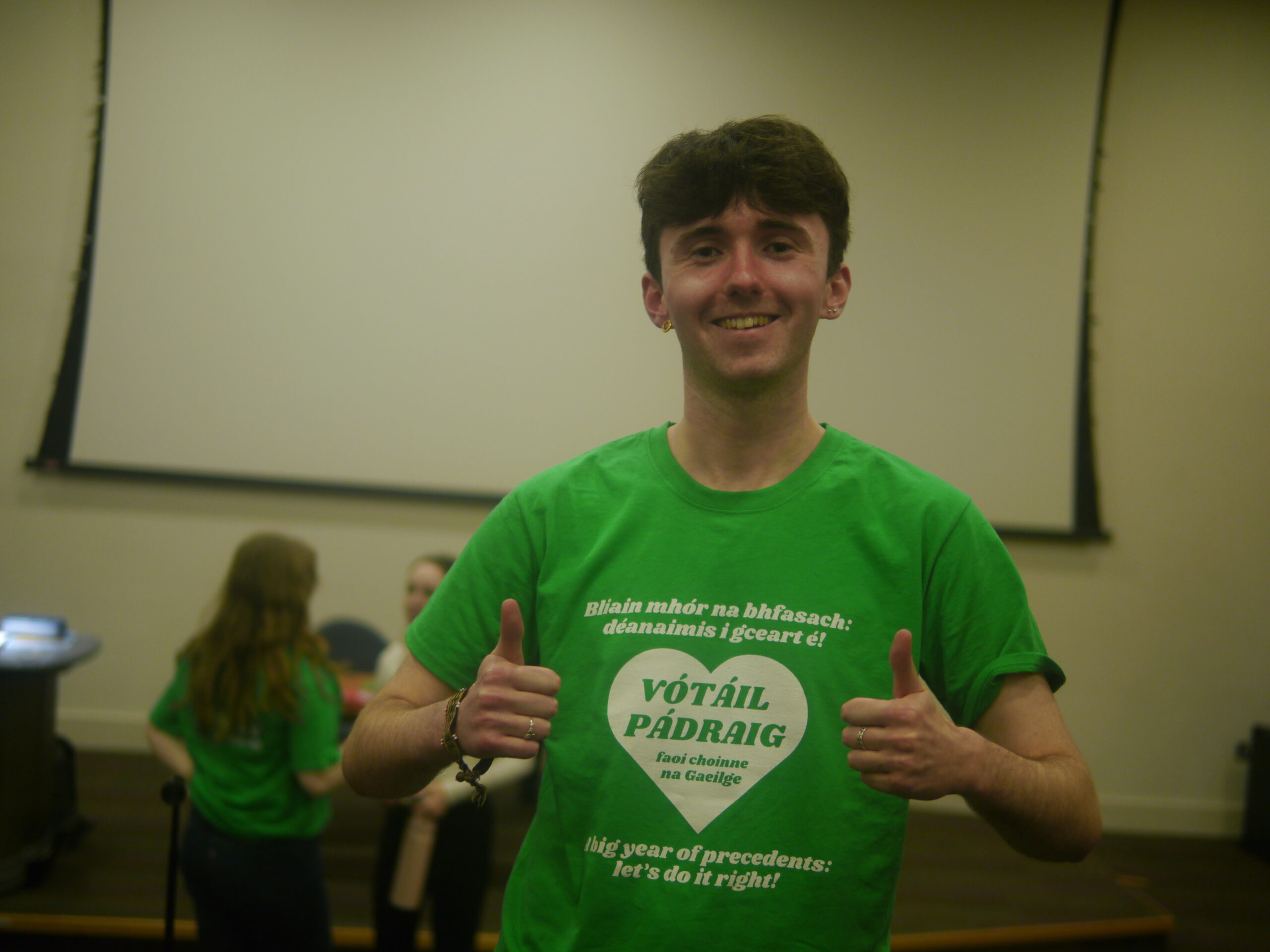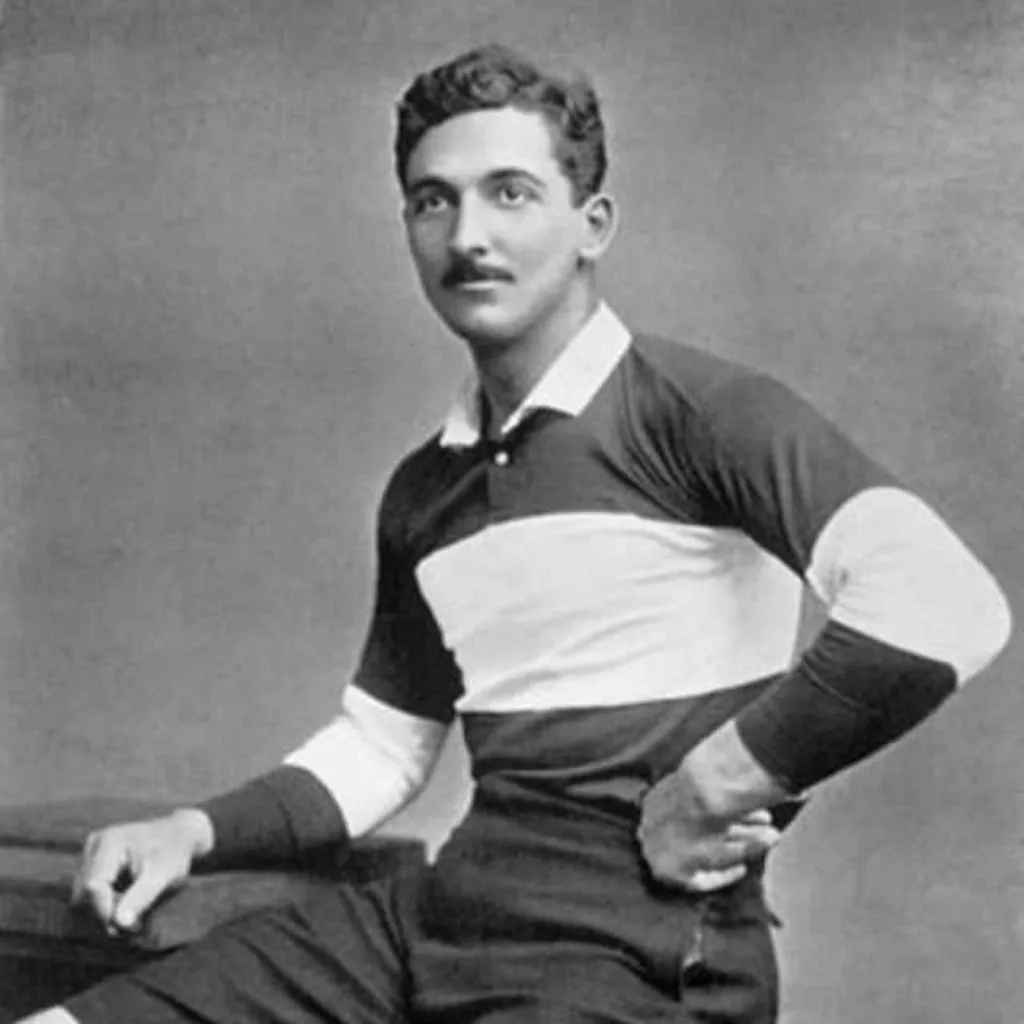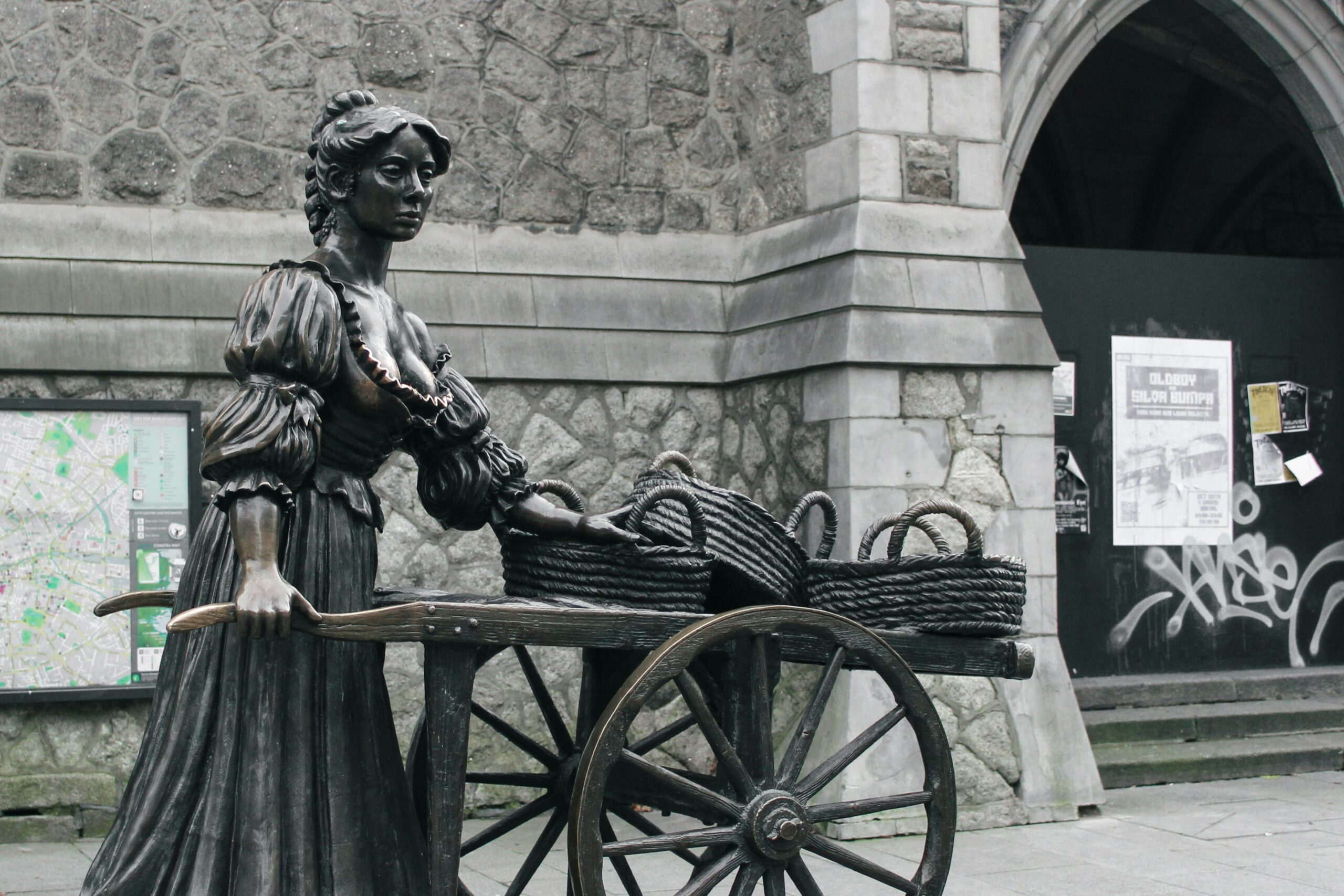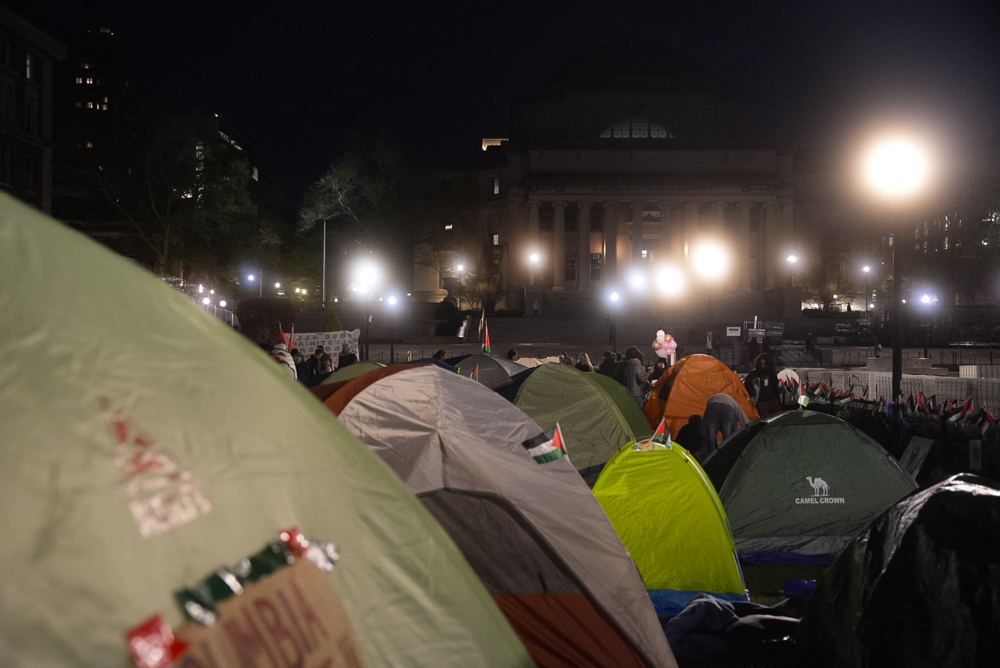Television caters to most communities and circumstances. Families favour either Modern Family or Malcolm in the Middle, depending on how deep in denial they are about their dysfunctional dynamic. Secondary school students can look to Skins and The Inbetweeners for the simultaneous chaos and clumsiness that characterises adolescence. Girls and Sex and the City make contradictory attempts to offer a representation of the 20-something search for self-actualisation, although both friend groups have a WhatsApp chat more active than my own. Doctors, lawyers and even zombies will find their experiences reflected in the most popular TV shows of the last 20 years.
A glaring gap in the TV market, however, is the portrayal of university life. Derry Girls and Sex Education both end before we see the casts sit their A-levels, and the Gossip Girl creators’ half-hearted attempt to send the group to college was abandoned after three episodes and never addressed again. One Tree Hill and Pretty Little Liars both circumvent the college years altogether, with the characters ageing five canonical years in the space of one mid-season break. Other programmes, like Riverdale and Euphoria, condemn their characters to a perpetual high school purgatory, even when the actual actors are married with children and old enough to run for president.
Why are writers’ rooms so hesitant to set shows in college, when around 60% of Irish and American adults now attend? Some viewers have suggested that the unavoidable nature of high school provides a stronger platform for the interaction between different cliques and characters. Others have argued that degrees are too structured and demanding to allow time for extracurricular romances or Very Special Episodes centred around Christmas parties, Paris trips and prison breaks. But if we can suspend our disbelief for long enough to watch the Friends characters balance their full-time jobs and the six hours they spend in the coffee shop every day, then it’s fair to expect writers to expand their repertoire to imaginatively cover the college years.
For many students, university offers the first foray into the world of sex, drugs and rock ‘n’ roll (Workman’s Wednesdays). The friendship fallouts, romantic misadventures and career anxieties that seem to define this time in our lives provide perfect fodder for scriptwriters. Two of the only popular programmes to tap into this creative diamond mine are Gilmore Girls and Normal People. While both series start with the protagonists in school, the transition to third-level is handled with inevitability and grace. Rory Gilmore plays her college cards in the first episode, when she switches to a private school to improve her chances of getting into Harvard. Similarly, Marianne and Connell’s aspirations to attend Trinity are inextricable from their relationship at the outset.
But how realistic are their journeys? When these two shows are nearly unique in subject matter, it’s reasonable to question how truthfully they depict university life.
All three protagonists are portrayed as academic high achievers. Rory is the valedictorian of her prestigious WASP-y high school. Marianne’s 590 leaving certificate points are beaten only by Connell’s 600. At Trinity, Marianne and Connell move through rigorous reading lists and endless exam seasons with ease. If they ever submitted an essay to TurnItIn at 11.59pm, or forged a LENS report to get an essay extension, we are never shown it. Both become Foundation Scholars after sitting the notoriously difficult exams off-screen. Despite having an Erasmus experience worthy of a Sylvia Plath novel, Marianne presumably passes with flying colours, as we see her progress neatly into her final year. At the end of the series, Connell is accepted into a Master’s without word of his dissertation or even a GradIreland application.
Rory, on the other hand, crashes and burns when she arrives at Yale. As a newly shrunken fish in a colossal pond, she is forced to drop a class when she can’t keep up with her peers, and later, she lashes out and crashes a boat before dropping out entirely. While Connell becomes the editor of a fictionalised Icarus in his final year, Rory is told by the in-universe Rupert Murdoch equivalent that she doesn’t have what it takes to become a journalist. Meanwhile, Marianne fades into social obscurity. So long, Christiane Amanpour. So long, Marianne.
All three paths seem true to life. Rory experiences what armchair psychologists have labelled “gifted kid burnout”, while Connell, free to forge his own path away from his hometown sceptics, naturally rises through the ranks of the college literary scene. Marianne, perhaps due to a lack of financial pressure to secure a KPMG internship or its imaginary counterpart, narrows her focus in her final years and levels out into a comfortable mix of studying, swimming and low-grade socialising.
The topic of mental health is where Normal People stays rooted in reality and Gilmore Girls diverges into fantasy. Both Rory and Connell access their college’s counselling services, and while Connell’s experience is authentic to the point of discomfort, Rory’s veers towards cringe comedy. In Connell’s counselling session, he discusses the suicide of a school friend and his struggle to assimilate into the college community. Marianne is mentioned only in passing. Conversely, Rory’s breakdown boils down to relationship regrets. While the premise of Normal People revolves entirely around one romantic relationship, and Gilmore Girls is ostensibly a broader coming-of-age story about Rory’s relationship with her mother, it’s the latter that evolves into a soap opera.
The divide between the real and the imagined represents the central difference between both programmes, and this separation is further accentuated by the setting of both shows. In Normal People, the rural-urban dichotomy between Dublin and Sligo informs the characters’ interactions and inner lives, and the economic and social context forms the basis for their choices and miscommunications. In contrast, whilst Rory’s college years aim to provide viewers with a more authentic depiction of adulthood compared to her adolescence in the fictional Stars Hollow, Yale and New Haven still appear to be taken from the pages of a fairy tale. Trinity students will feel more at home watching Normal People, filmed on location, than Yale students will with Gilmore Girls, filmed on the Warner Bros. lot.
What risks alienating the most students is perhaps the portrayal of romantic relationships as the crux of each character’s college experience. Here, Gilmore Girls is the worst offender. In Normal People, Marianne slots easily into a friend group when she arrives in Dublin, and Connell’s failure to do so is a central point of discussion. On the contrary, with the exception of a recurring character from Breaking Bad who appears in the final season, Rory is only seen socialising with her boyfriend’s friends while at university. Nevertheless, both programmes utilise the central romances as a substitute for the characters’ inner monologues. Through their relationships, we come to understand their anxieties, insecurities and aspirations.
Both programmes end when the characters graduate. In a subversion of Shakespeare’s declaration that “journeys end in lovers meeting”, both finales depict a breakup. Rooney’s Romeo and Juliet split when Connell decides to relocate to New York and Marianne remains in Dublin. Rory ends her long-term relationship with Logan when he proposes marriage and a move to Silicon Valley. “There are just a lot of things right now in my life that are undecided”, she says. “That used to scare me, but now I kind of like the idea that it’s all just kind of wide open. And if I married you, it just wouldn’t be.”
We all want to graduate with a five-year plan. A fully-funded master’s followed by a two-year graduate programme with a six-figure salary. A year in Paris, or maybe Berlin. We want all of our friends to come with us, and we want to make new ones along the way. In the same vein, we want to know what happens to Rory, Connell and Marianne when the screen fades to black and the credits start to roll. But graduation is about choice and compromise and, most importantly, uncertainty. A time, perhaps the best and even only time, to leave things “wide open”.
“What they have now they can never have back again”, Rooney writes in the book’s closing couplet. So when the credits roll and you earn your degree, stay. Or go. Sit your GAMSAT and graduate to Grey’s Anatomy, or take your FE-1s and start watching Suits. But take stock of these last four years. Treasure the tapestry of mistakes, missed opportunities, memories and milestones. Whether your time in Trinity more closely resembled the reckless glamour of Rory and Logan leaping from seven-storey scaffolding or the quiet intimacy of Marianne and Connell brushing their teeth in their shared bathroom, cherish these moments, for they are the building blocks of whatever story you’re about to write in the chapters ahead.
